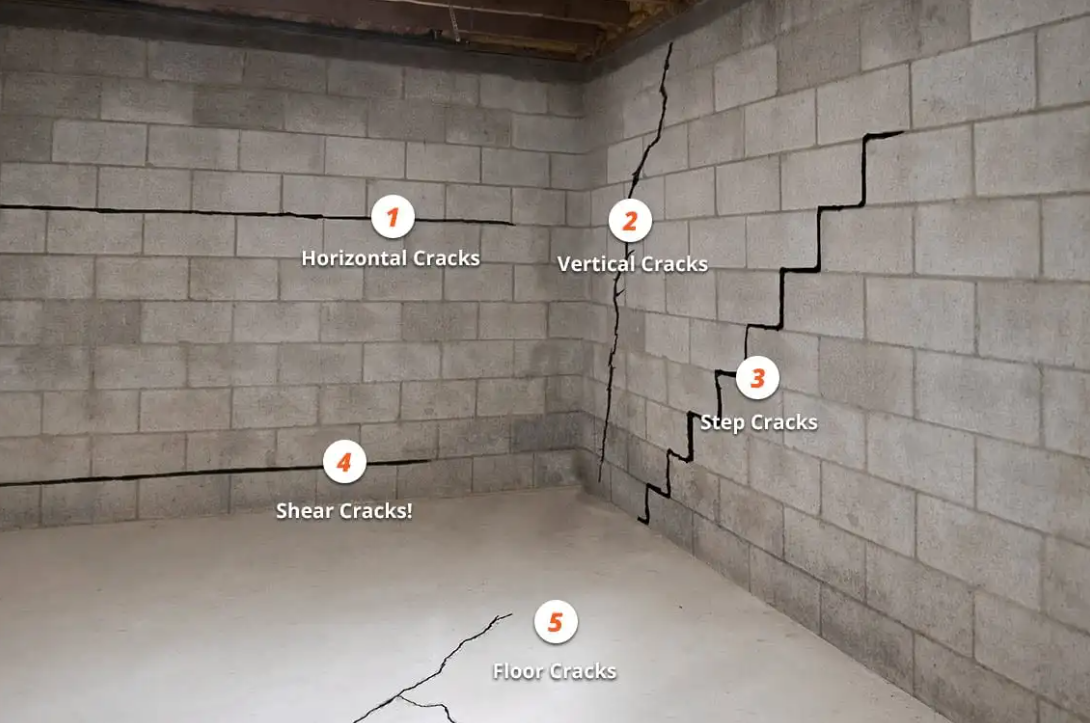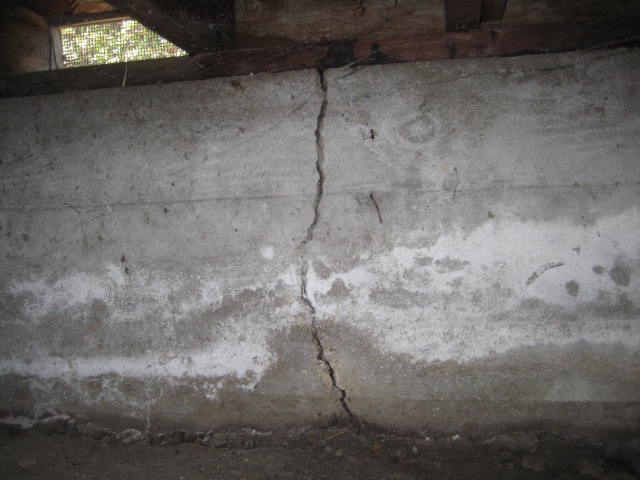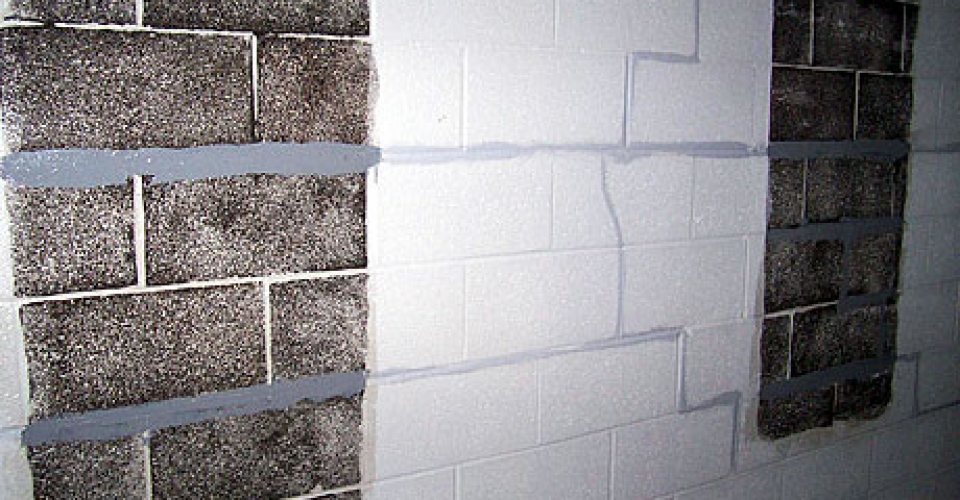
StablWall is an innovative solution designed to reinforce walls and structures, making them incredibly strong and durable. It is crafted using cutting-edge technology, combining carbon fiber sheets with specially engineered bonding adhesives. When applied to a wall or structure, these materials undergo an intense chemical reaction, transforming them into a unified and solid entity. The result is astounding – a finished product that boasts a strength ten times greater than steel!
One of the standout features of the StablWall system is its adaptability. No matter the architectural challenge, StablWall rises to the occasion with ease. Its versatility allows for various application methods, ensuring a seamless fit for any project. Whether it’s horizontal reinforcement, vertical support, stair-step stability, or a corner wrap, StablWall can handle it all with the utmost efficiency and effectiveness.

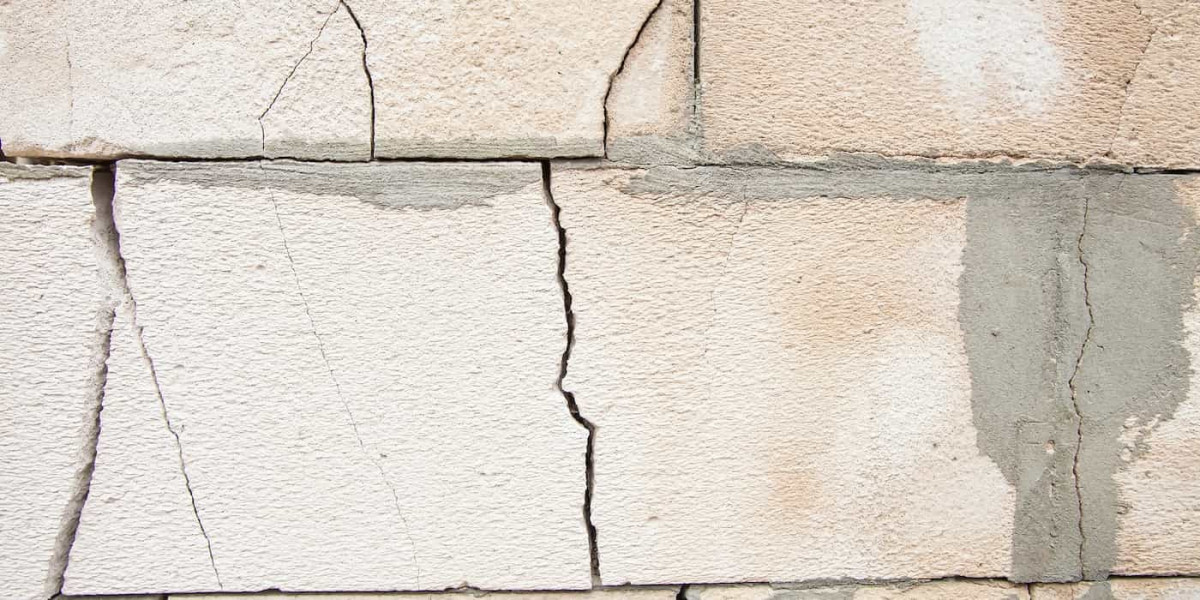
 Settling: One of the primary causes of foundation cracks is soil settling. When the soil beneath a building compresses or shifts, it can cause the foundation to crack as it struggles to bear the load.
Settling: One of the primary causes of foundation cracks is soil settling. When the soil beneath a building compresses or shifts, it can cause the foundation to crack as it struggles to bear the load.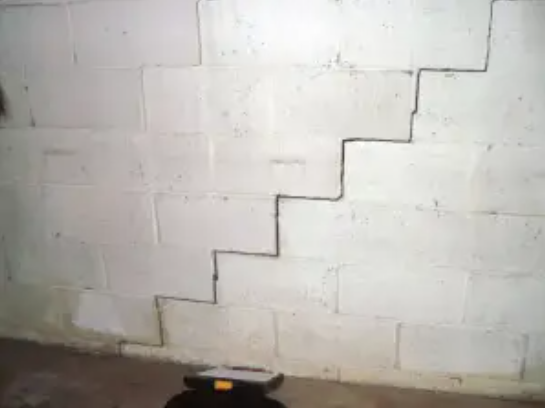 Vertical Cracks: These cracks typically run straight up and down and are often caused by settling or the natural curing process of concrete. They can vary in width and length.
Vertical Cracks: These cracks typically run straight up and down and are often caused by settling or the natural curing process of concrete. They can vary in width and length.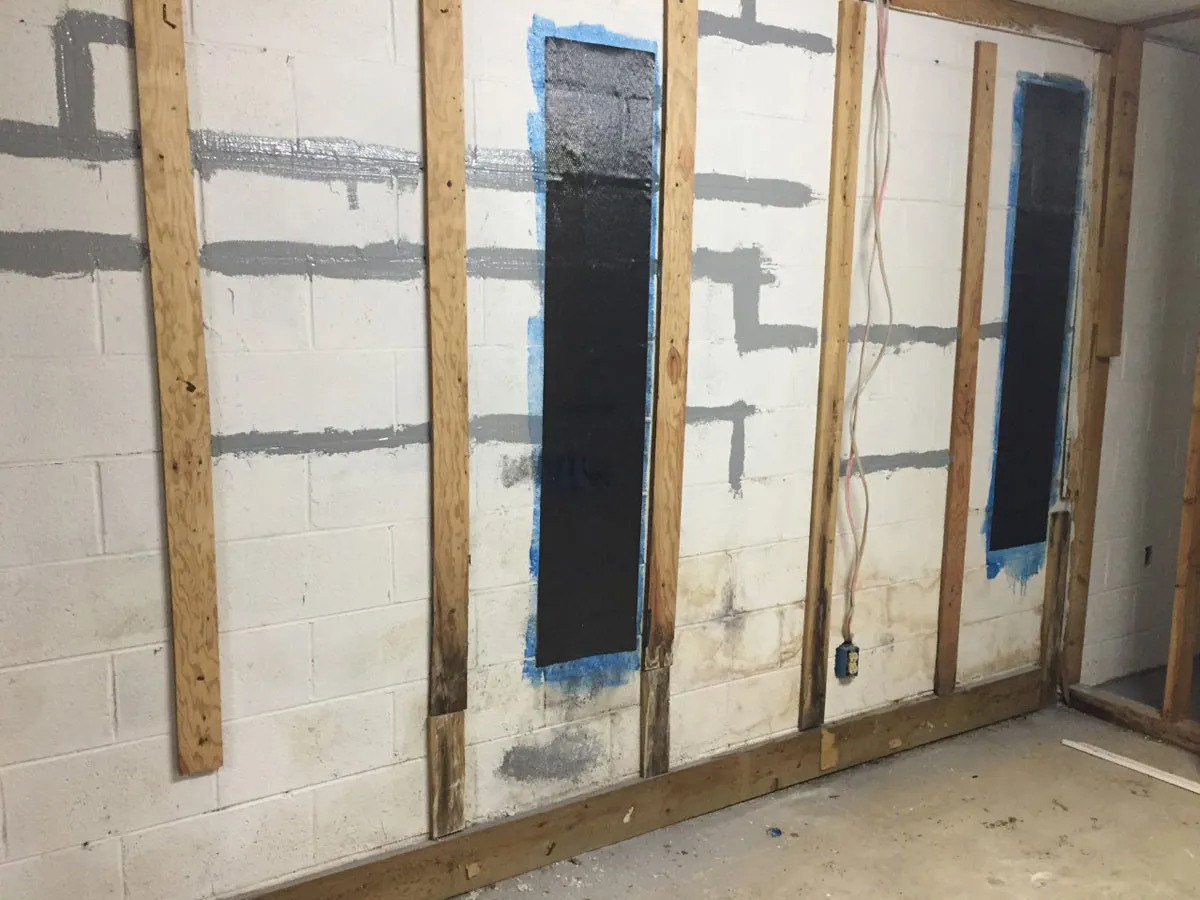





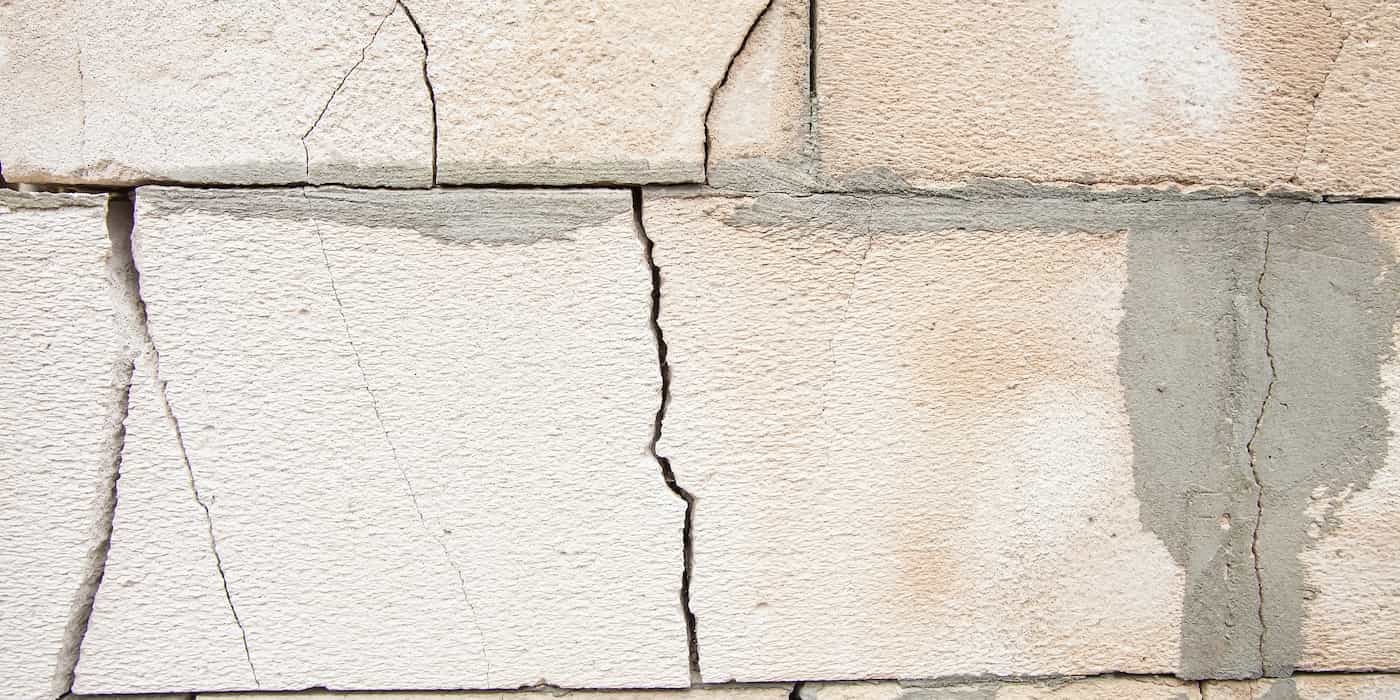
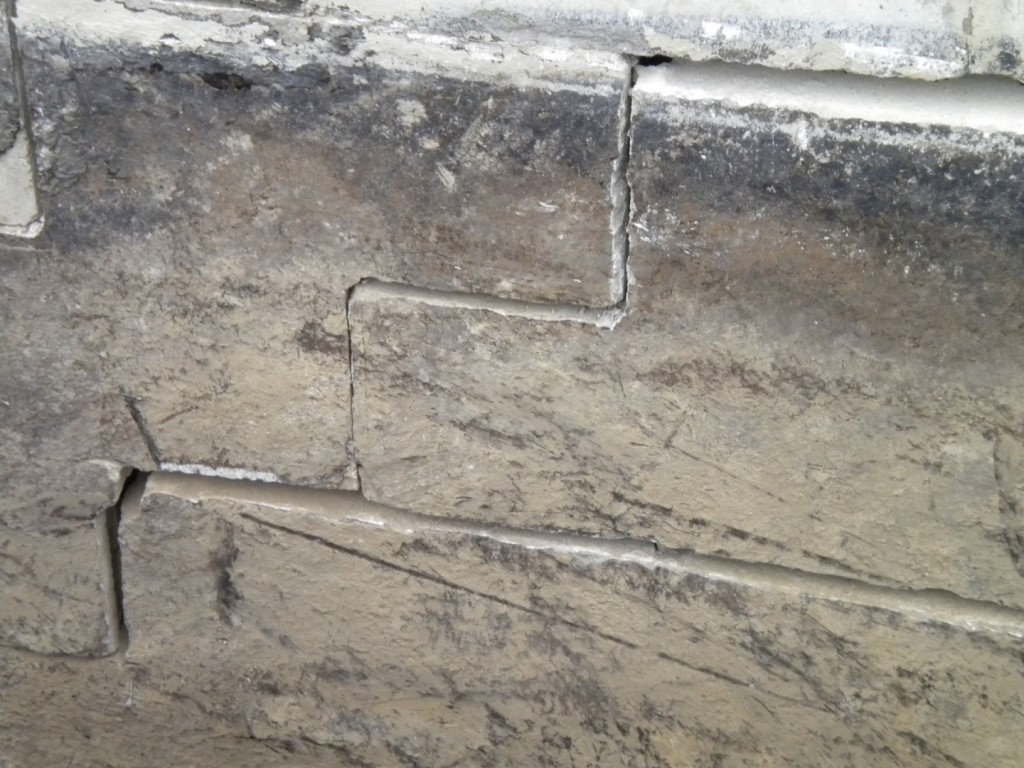
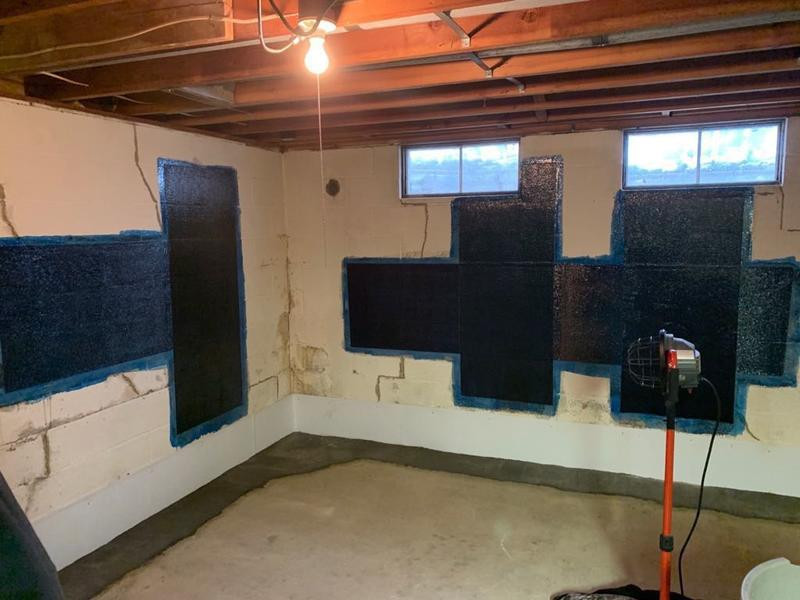

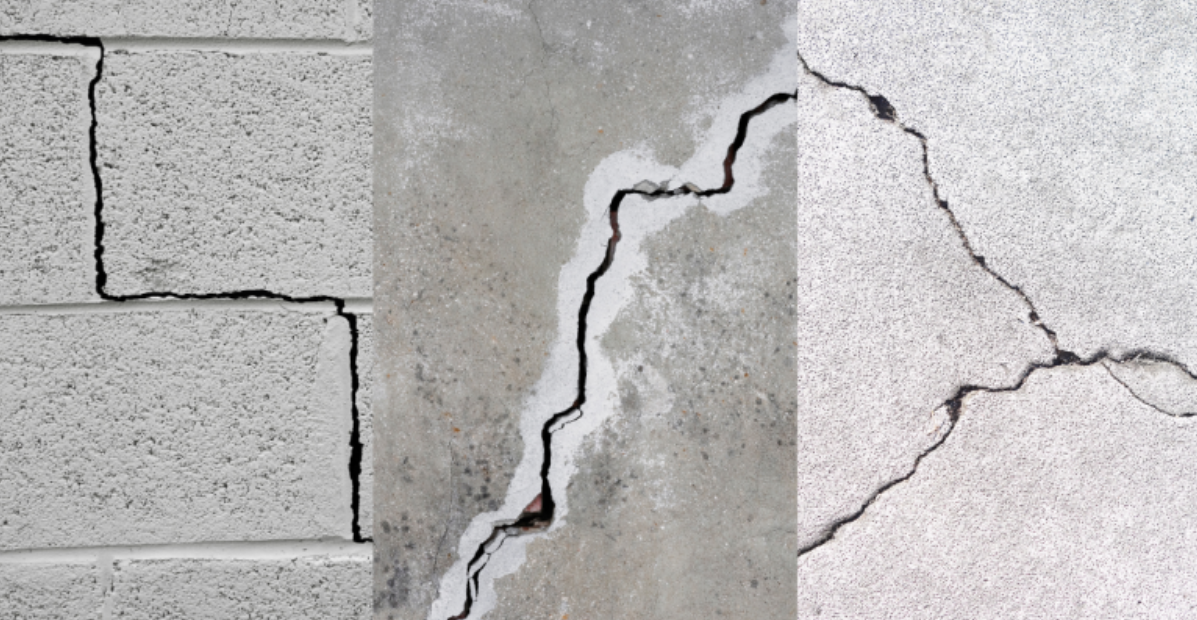 beneath your home. While vertical cracks are less severe than others, they can still allow moisture and pests to infiltrate your foundation.
beneath your home. While vertical cracks are less severe than others, they can still allow moisture and pests to infiltrate your foundation.